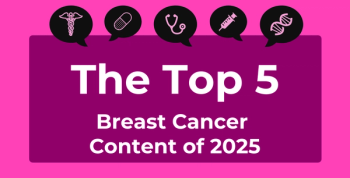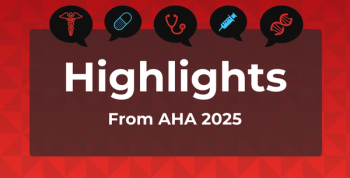
Dr Stephen Kingsmore Highlights Disparities Seen in Genetic Testing
"We won't be content until this is indeed performed in 98% of babies," Stephen Kingsmore, MD, DSc, explains.
One of the goals of the
Transcript
What's the plan to ensure equitable access to genome sequencing screening for newborns across different health care systems?
This is a difficult question—equitable access—it speaks to 2 or 3 different things. First of all, genomic medicine, the backdrop here, is the idea that the genome informs medical care and results in better outcomes. So far, it has actually exacerbated disparity.
There are 3 different types of disparity that we see. Number 1, ethnic and racial minorities tend to not get it relative to White folks. Second of all, poor people tend not to get it, whereas rich people do. And third, one that people overlook, is what we call geographic disparity, which means if you're close to a regional center of excellence—we're at Rady Children's Hospital—you get genomic medicine, and if you're in the boonies, you don't.
So, how do we overcome that? We follow in the wake of newborn screening. Ninety-eight percent of babies today get a newborn screening heel prick test. So we want to emulate that. Now, it's not as easy, because one of the reasons why newborn screening hits 98% of babies is nobody asks mom's permission. It's done generally without mom knowing about it, or dad, because it's federally mandated. You can opt out, but you have to consciously say, “Don't do that to my baby,” whereas a genome needs consent.
We need to think through how to solve for those 3 types of disparities. How are we realistically going to do that? Now, we can pick our populations. So for example, we're enrolling babies at Rady Children's Hospital, and we have a Hispanic Latino majority. We're going to be enrolling in Memphis, Tennessee, where we have a Black majority. So, we can do things like that. The geographic inequity, much tougher. The socioeconomic, much tougher. We just need to keep focused on it honestly and understand that we can do what we can do today. But we won't be content until this is indeed performed in 98% of babies.
Newsletter
Stay ahead of policy, cost, and value—subscribe to AJMC for expert insights at the intersection of clinical care and health economics.









































